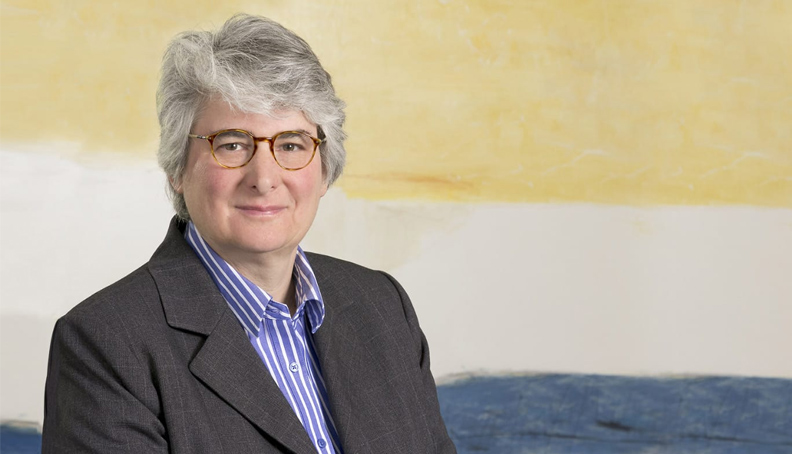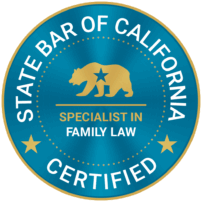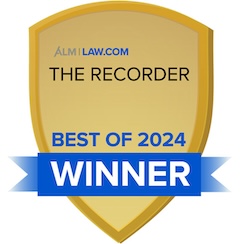It’s not uncommon in a marriage for one partner to be more of an accumulator than the other.
Maybe it’s an outsized collection of coffee mugs, a fondness for sweaters, a tendency to overstock the pantry or buy extra toilet paper; in grappling with a newly empty nest, parents may disagree over how much of the kids’ stuff—books, toys, school projects—to hang onto. Sometimes, one partner prefers a more minimalist home style, while the other prefers a more-is-more maximalist style. One person’s clutter is another’s décor. This difference can be annoying and a real point of contention, but in most cases, it’s not actual hoarding.
Hoarding disorder is a mental health condition that affects an estimated 2-6% of the adult population. People who hoard collect and keep many things and have an ongoing problem getting rid of belongings or throwing items away. They believe they need all this stuff (or will someday), have a deep emotional attachment to it, and experience true distress at the thought of clearing out their possessions. It goes beyond orderly collections into disorganized jumbles of things with or without much value. Some people hoard things that quickly become trash, such as newspapers or perishable food; others hoard stray animals they cannot care for.
Milder cases of hoarding disorder may not have a tremendous impact on a couple’s or family’s quality of life, while more severe cases can seriously impede daily functioning and overall well-being. A hoarder’s home may be so crammed with stuff that living spaces become cramped, uncomfortable, and non-functional. Hoarded items overflow storage spaces until countertops, sinks, appliances, and furniture are piled with things; hallways and rooms may become almost impassable; hoarded items may spill into the garage, yard, shed, and vehicles. Hoarding can present numerous physical safety concerns—trip and fall dangers, fire hazards, poor hygiene, infestations, and inaccessibility in an emergency.
It’s no wonder then that a hoarding disorder can also pose a danger to a marriage— creating an uncomfortable, unhealthy living environment, causing psychological and emotional strain, and sometimes resulting in stressful financial circumstances from overspending on unnecessary items.
The spouse of an individual suffering from a hoarding disorder may feel frustrated, angry, resentful, overwhelmed, helpless, and trapped in chaotic, unlivable conditions. The person doing the hoarding may not view it as a problem, or they may understand that it’s problematic and begin to isolate themselves due to guilt and shame. Communication and intimacy may break down, leaving both partners feeling alone.
The causes of hoarding are not fully understood—in some cases, it’s a syndrome of its own, or it may be tied to other forms of mental illness; hoarding may also have roots in a person’s upbringing, beliefs, past trauma, or a family history of the disorder. Although hoarding can begin in the teen or early adult years, symptoms often worsen with age. What is known is that, as a mental health issue, hoarding does not typically resolve on its own—it can be overcome, but the person needs professional help. Treatment often includes a combination of cognitive behavioral therapy, a practical plan to cut back on clutter, and sometimes medication.
If your marriage is falling apart due to hoarding, deciding how to proceed is very personal. Only you can know if you want to try to save the marriage or if it’s time to leave.
Start by having an honest conversation with your spouse about the hoarding problem and how it affects your marriage, family, and daily life. Encourage your partner to seek help from a doctor or therapist. Be sensitive and compassionate—remember that a person who hoards is vulnerable and deeply attached to their things. Reassure them that you’re not going to go in and haul it all away, which would be traumatic and wouldn’t solve the root issue. Sometimes, a professional organizer can help them begin sorting, organizing, and clearing out.
If you’ve reached the difficult decision that your marriage can no longer survive the problems created by a hoarding disorder, it’s essential to know that there is an extra layer of complexity when divorcing a person with a hoarding disorder. For example, hoarding-related issues can complicate asset division in numerous ways: the financial impacts of excessive spending, difficulty parting with shared possessions, valuation of vast amounts of belongings, and more. Extreme hoarding cases can also affect custody and visitation considerations, especially if there are serious concerns about home safety or the mental stability of one parent.
The experienced and compassionate attorneys at SFLG specialize exclusively in family law. We are skilled in handling sensitive cases and devising creative solutions to complex problems.
By Debra Schoenberg






